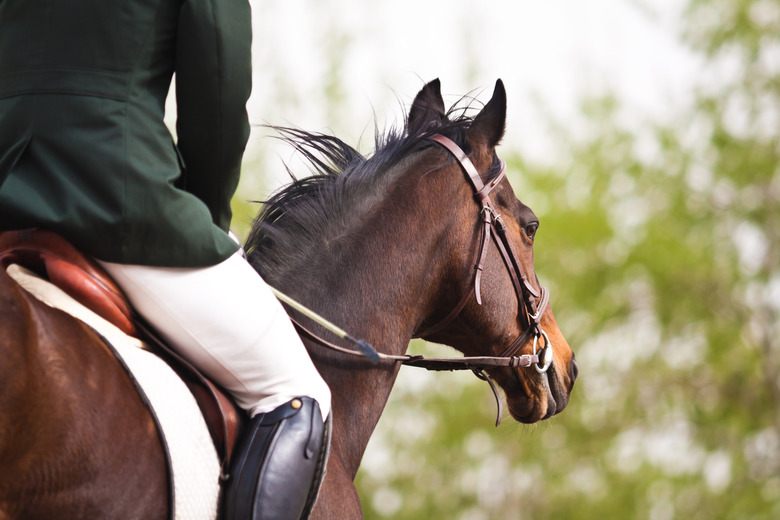Importance Of Animals In Human Lives
Animals are our companions, our workers, our eyes and ears, and our food. They appear in ancient cave paintings, and on modern commercial farms. We have domesticated some of them, while others remain wild and are sometimes endangered by our activities. They keep us company, and while they can provide comic relief, they also serve us as valuable assistants.
Origins of Domestication
Origins of Domestication
Researchers at the University of Chicago estimate that the domestication of dogs took place from 11,000 to 16,000 years ago. Genetic evidence indicates that wolves suffered a significant reduction in population after dogs diverged from them, so the wolf gene pool that gave rise to dogs was much more diverse then than it is now. Genetic research on generations of foxes in Russia over more than 50 years suggests that selection for tame behavior also brings about traits like color variation and breeding outside of the natural yearly cycle, which raises the value of the animals to humans.
Animals as Workers
Animals as Workers
The huge diversity of work performed by animals ranges from transportation to hunting to assisting the blind. Even in the automotive era, "horsepower" survives as a unit of measurement. Egyptian illustrations from 5,000 years ago show oxen pulling plows, and cattle have historically been used more than horses as draft animals. Service dogs offer their senses of sight, hearing and smell to aid people with disabilities and perform law-enforcement duties. They are allowed to enter public spaces like stores and restaurants where pets are not normally permitted.
Animals As Companions
Animals As Companions
Unlike the performance of specific tasks, an animal's value as a companion might be more difficult to measure. With human association and their domestication, animals also became objects of affection and sometimes worship. Florence Nightingale observed small pets helping to reduce anxiety in psychiatric patients, and Sigmund Freud used his dog Jofi to help diagnose the level of tension in patients. Animal Assisted Intervention International lists specific therapeutic approaches and goals that can be obtained through the assistance of trained dogs and handlers. These include improvements in cognitive and social functioning. Horses, too, can serve in counseling. The Certified Therapy Horse Association advocates stringent certification criteria for horses and their handlers.
Animals As Resources
Animals As Resources
Cattle, pigs, poultry and fish feed us, but the consumers buying their meat as food are far removed from the animals themselves. The USDA puts 2013 meat consumption levels of 25.5 billion pounds of beef alone. Beef exports added $5.7 billion to the economy. Economic pressures lead to large livestock operations, which bring their own problems like disease control and manure disposal, leading to algal blooms in streams and lakes. This consequence is also important to human-animal relationships, even though humans don't interact directly with the animals. The US Environmental Protection Agency regulates these operations. At the same time, smaller-scale operations seek to preserve heritage breeds of livestock, who retain traits of self-sufficiency and resilience.
Cite This Article
MLA
Silbajoris, Alex. "Importance Of Animals In Human Lives" sciencing.com, https://www.sciencing.com/importance-animals-human-lives-5349359/. 23 April 2018.
APA
Silbajoris, Alex. (2018, April 23). Importance Of Animals In Human Lives. sciencing.com. Retrieved from https://www.sciencing.com/importance-animals-human-lives-5349359/
Chicago
Silbajoris, Alex. Importance Of Animals In Human Lives last modified March 24, 2022. https://www.sciencing.com/importance-animals-human-lives-5349359/
